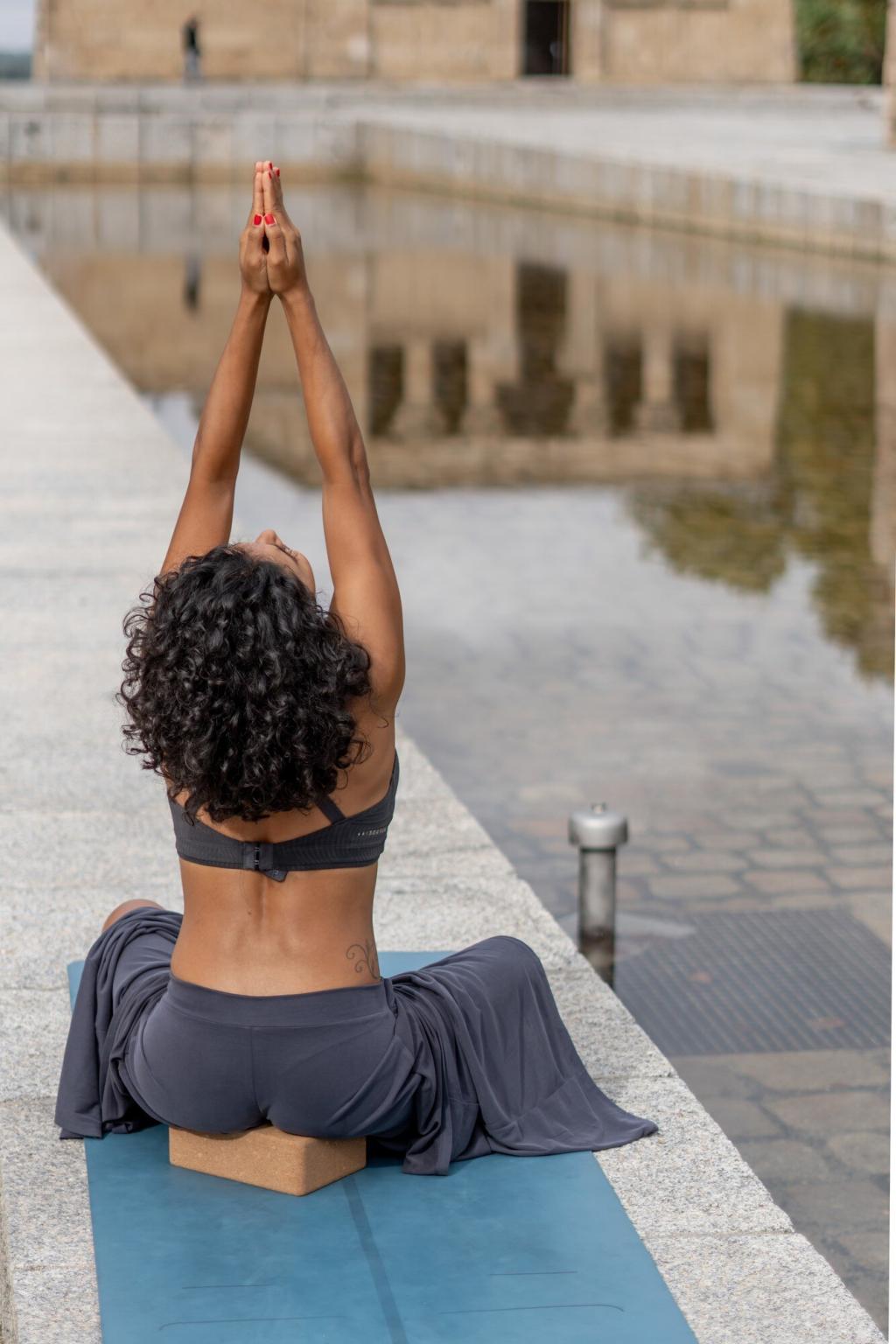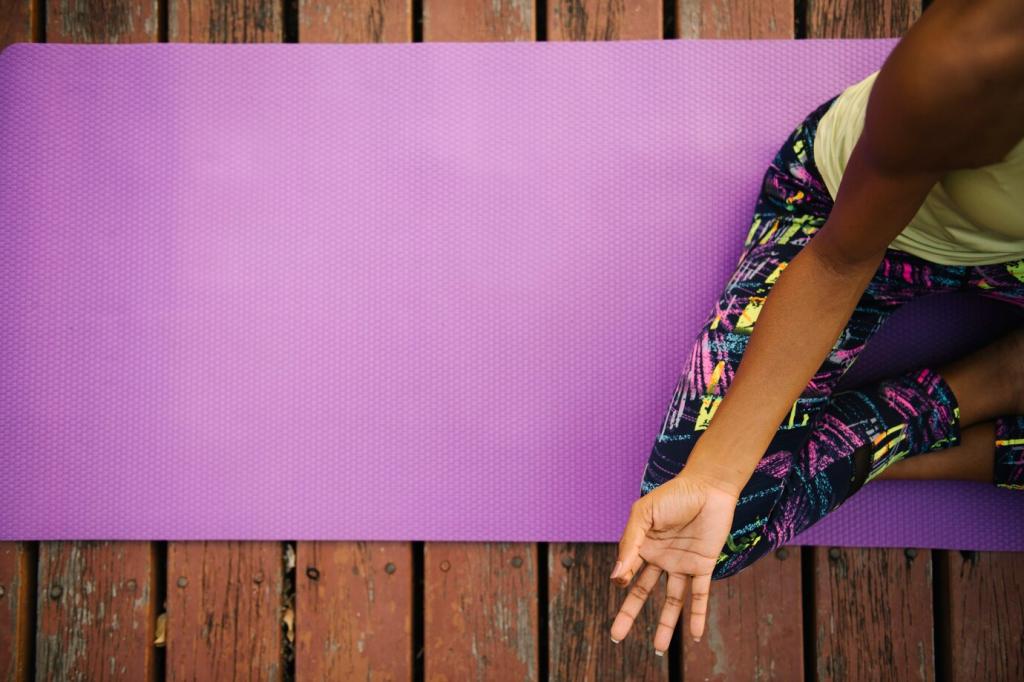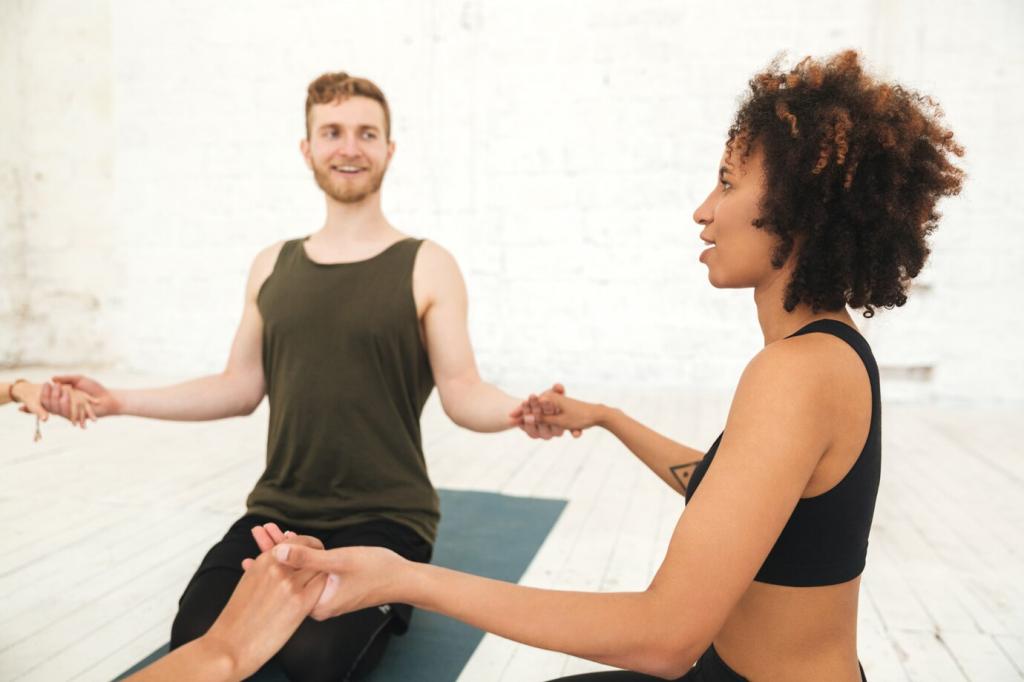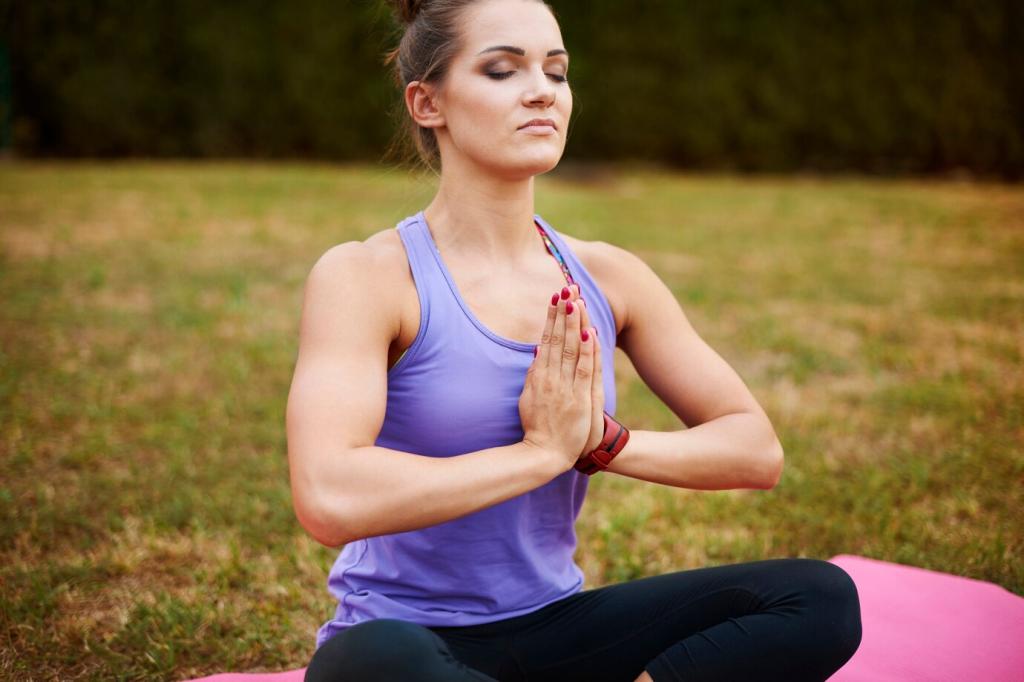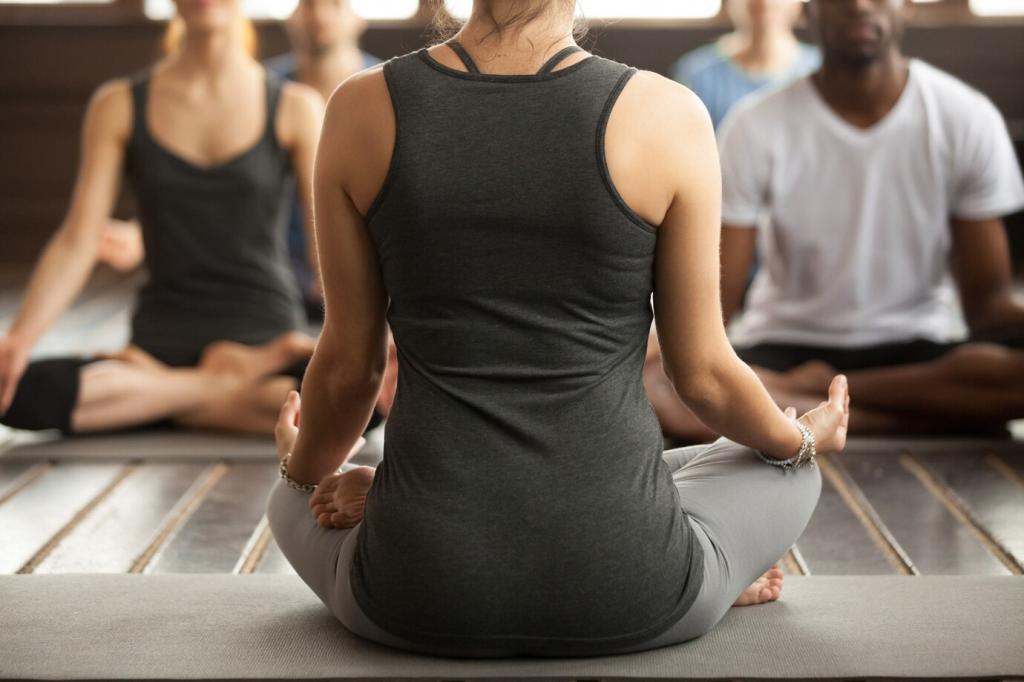Ujjayi (Ocean Breath): A Steady Tide for Focus
Gently constrict the back of your throat as if fogging a mirror with your mouth closed. Keep the sound subtle, not loud. Let it be a quiet guide, like waves, inviting consistency rather than intensity or strain.
Ujjayi (Ocean Breath): A Steady Tide for Focus
If the sound gets harsh, back off. Ujjayi should feel smooth and supportive, not scratchy or forced. Imagine polishing a pebble with each breath, refining attention and patience one gentle pass at a time, especially during transitions.


